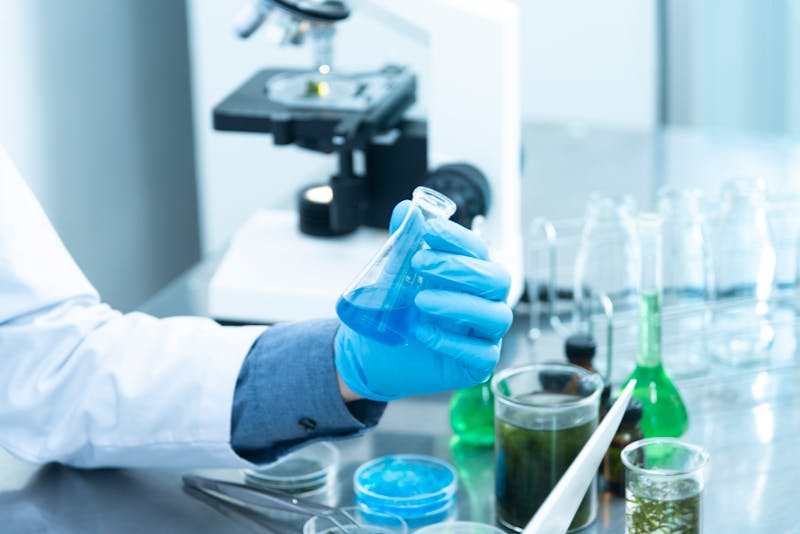
5 Hands-On Science Activities That Wow Students
Discover engaging science experiments and activities that will have your students excited about learning and scientific discovery.
5 Hands-On Science Activities That Wow Students
Science comes alive when students can touch, explore, and experiment! Here are five amazing hands-on activities that will have your students talking about science long after class ends.
1. Dancing Raisins Experiment
What You Need: Clear carbonated soda, raisins, clear containers
The Magic: Students drop raisins into carbonated soda and watch them “dance” up and down as carbon dioxide bubbles attach and detach from the raisins’ rough surface.
Learning Outcomes: Density, gas bubbles, scientific observation
2. Rainbow Milk Experiment
What You Need: Whole milk, food coloring, cotton swabs, liquid dish soap
The Magic: When soap touches milk with food coloring, the colors swirl and dance as the soap molecules break up the fat in the milk.
Learning Outcomes: Chemical reactions, molecular movement, surface tension
3. Invisible Ink Investigation
What You Need: Lemon juice, cotton swabs, white paper, heat source (adult supervision required)
The Magic: Students write secret messages with lemon juice that become visible when heated, introducing them to chemical changes and historical communication methods.
Learning Outcomes: Chemical reactions, historical connections, problem-solving
4. Balloon-Powered Cars
What You Need: Plastic bottles, straws, balloons, bottle caps for wheels, tape
The Magic: Students build cars powered by escaping air from balloons, testing different designs for maximum distance.
Learning Outcomes: Physics, engineering design process, force and motion
5. Crystal Garden Creation
What You Need: Salt, food coloring, pipe cleaners, boiling water (teacher demonstration), magnifying glasses
The Magic: Students create crystal formations by suspending pipe cleaner shapes in salt solutions, observing crystal growth over several days.
Learning Outcomes: States of matter, crystallization, patience in scientific observation
Making the Most of These Activities
Before the Experiment
- Have students make predictions
- Introduce key vocabulary
- Connect to real-world applications
During the Activity
- Encourage scientific language
- Ask open-ended questions
- Document observations
After the Experiment
- Compare results to predictions
- Discuss the science behind the magic
- Connect to other learning areas
Safety First!
Always prioritize safety in science activities:
- Adult supervision for any heat sources
- Proper handling of materials
- Clear cleanup procedures
- Safety equipment when needed
These activities prove that science doesn’t need expensive equipment to be exciting. The wonder in students’ eyes when they see science in action is worth every moment of preparation!
What’s your favorite hands-on science activity? We’d love to hear about it!